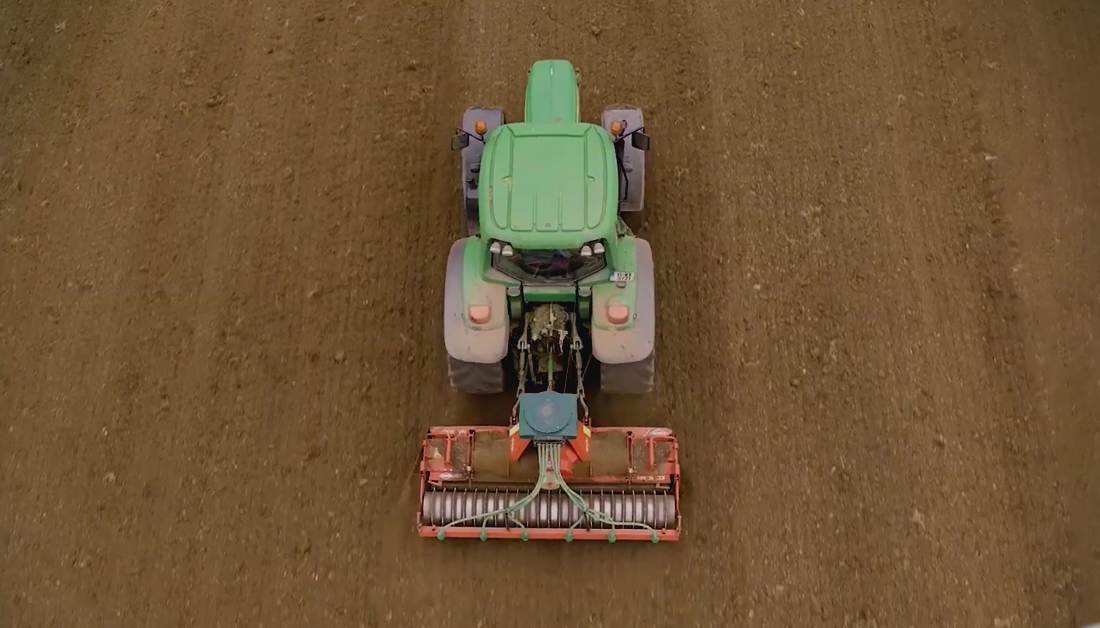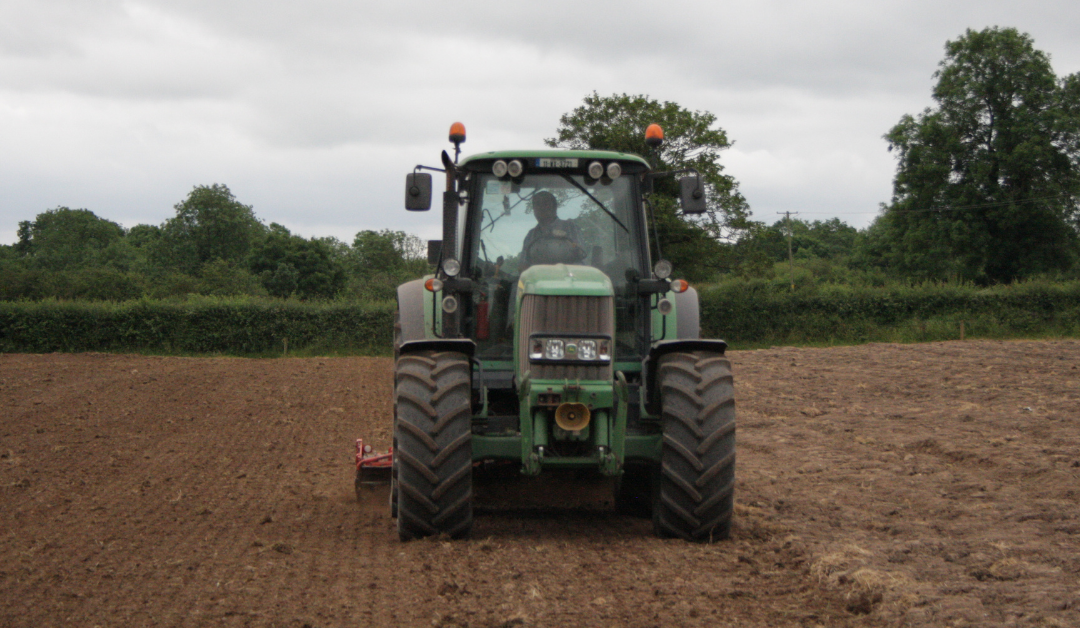Due to the inclement weather conditions across many regions in May and dry conditions in June, spring reseeding plans in some cases were postponed. However, it is imperative to proceed with reseeding plans as soon as the opportunity arises this autumn.
Recent research on commercial farm trials has indicated that early sown autumn reseeds have resulted in greater grass availability the following spring.
- New leys that were sown prior to September 1st (mid-August – September 1st) yielded an extra tonne of grass dry matter (DM) per hectare compared to those sown after September 15th.
- The results highlighted that the earlier sown leys yielded 3.1 tonnes of grass DM/ha relative to 1.9 tonne DM/ha in later sown leys the following spring (up until mid-April).
- Alongside this, early autumn reseeding also allows for greater flexibility around post-emergence spraying. Post-emergence weed control is vital and the most cost-effective opportunity you will have to control weeds in your new sward.
- Grazing, once ground conditions allow, will also ensure you have a denser and more established sward by the following spring.
- Weather conditions and timing of the reseed will be pivotal to achieving desired milestones before ground conditions deteriorate.
6 steps to autumn reseeding success
1. Choosing a grass seed mixture
Once you have identified the poorest-performing paddocks, the next step is to choose a grass seed mixture that will best suit the system on the farm. Soil type and climate will influence your choice; however, is it going to be used for grazing, silage, or perhaps a dual-purpose sward? Only use varieties on the Irish Recommended List and the Pasture Profit Index (PPI) is essential to reference specific characteristics and values within the pasture. Choosing varieties with positive values for spring growth and grazing utilisation will help increase grass availability at the key points in your grazing season.
The inclusion of clover in your mixture will also give many additional benefits including increased grass production and animal performance. For farmers in derogation, it is now compulsory to include a minimum of 0.6kg of clover per acre.
Learn more about the Tipperary Grass Seed Range below:
2. Soil Fertility
To achieve maximum results from your new reseed and to improve the productivity of a sward, soil fertility must be correct. Prior to reseeding, it is crucial to carry out soil tests for Phosphorus (P), Potassium (K) and pH, testing to a minimum of 10cm soil depth.
Your fertiliser plan is crucial as this will address any soil fertility issues. Ideally, fertility status should be in Index 3, with a target pH of 6.3 or above. Where soil fertility is below this recommended rate, it will require 2 to 3 bags of 10-10-20 to provide enough P to feed the sward, kick start early growth and allow the sward to reach its full potential. Lime should also be applied pre-sowing to improve soil structure and seed-soil contact.
3. Seedbed Preparation
The target turnaround time to get a reseed back into production should be 60 days.
The time that the sward is out of production can be minimised by cultivating 7-10 days after spraying off the old grass – a major failing at farm level is to wait too long after spray-off. When spraying off paddocks for stitching in, let the grass cover grow to 400-500-600 kg DM/ha before spraying off to avoid old grass coming back into the sward.
To kill off any existing vegetation present, the paddock for reseeding should be sprayed off with high-quality glyphosate. For minimum cultivation, the vegetation needs to be either grazed off or topped to allow for a cleaner surface with little trash as possible.

4. Sowing
Sowing rates should be increased in autumn to help overcome challenges around poorer growth conditions. There are two main methods of reseeding, conventional and minimum cultivation.
Ploughing:
- Once the vegetation has died off about 7-10 days after spraying, the field is ready for ploughing. After ploughing, it is time to spread lime and fertiliser based on the soil sample results.
- The surface is then power harrowed to produce a fine, firm and level seedbed, providing optimal conditions for sowing.
- The field should be rolled before sowing to achieve a firm seedbed.
- Avoid having a fluffy seedbed as this will cause the grass seed to go too deep into the soil and lead to poor germination/establishment.
- Weather permitting, the reseed should be rolled again in an opposite direction to compress the seedbed and increase seed to soil contact.
Direct Drilling:
- Existing sward needs to be sprayed off as well as grazed tightly or mowed after being sprayed off.
- Some direct drills place seeds in a slit 2-5cm apart, others rotavate a 4cm slot and place in both seed and fertiliser. Both work very well but it is recommended to do an additional run over the field in a diagonal direction.
Power Harrow:
- Involves using a power harrow to cultivate soil surface to a depth of 2-3 inches.
- Ideally, the field should be harrowed 3 times in different directions to ensure a fine tilt and to break up old sods sufficiently.
- After harrowing, the field should be rolled before seeding to ensure the seedbed is firm.
- Seeding should then take place with the seed being placed on the soil rather than deep in the soil.
- The field should then be rolled again in the opposite direction to optimise soil/seed contact.
5. Grazing Management
- Grazing, once ground conditions allow, will also ensure you have a denser and more established sward by the following spring.
- Graze the new reseed as soon as the plants do not pull out of the ground (pulling test), at a cover of approximately 700 – 1000 kg DM/ha.
- For the first number of grazings, frequent light grazings (≤1400 kg DM/ha) are advisable.
6. Post-Sowing Management
Post-sowing management is just as important as sowing itself. For best results, walk the reseed once per week to monitor germination, weeds, and pests.
Teagasc research indicates that a paddock capable of producing 10t DM/ha, with a 1t infestation of docks, will reduce yields of grass DM by 10%. Therefore, a typical paddock growing 10t DM/ha/year, with a 40% infestation of docks, will grow 6t DM/ha and 4t DM/ha of docks – resulting in a 40% reduction in grass DM yield potential.
A post-emergence spray should be applied 5-8 weeks after reseeding to eliminate broadleaved weeds that have germinated.
Further Information
For further autumn reseeding advice or to choose a suitable grass seed mixture, contact your local Agritech Sales Advisor or visit the Tipperary Grass Seed page.


